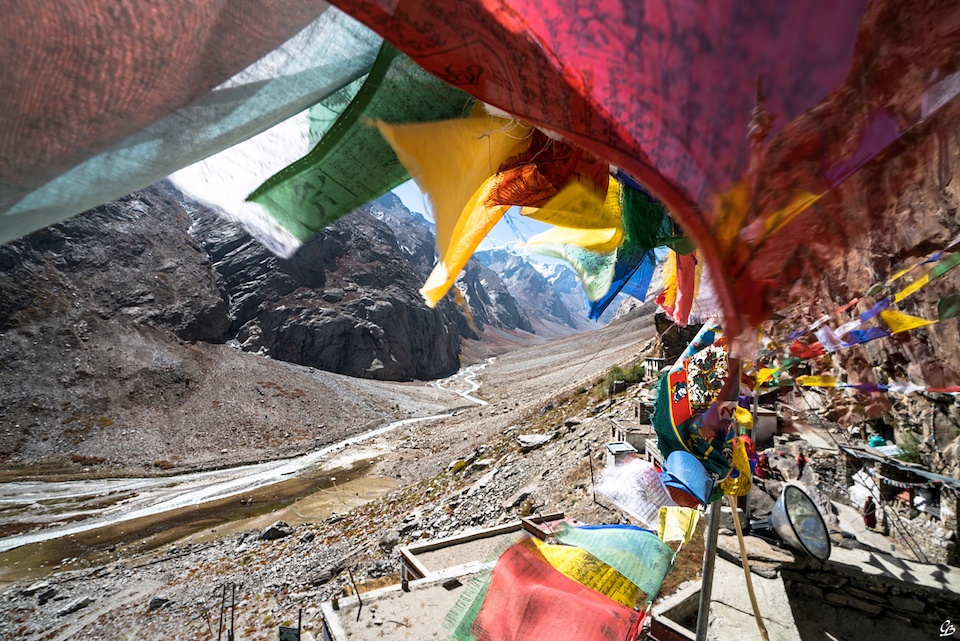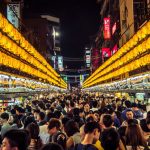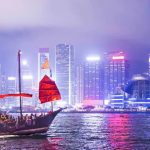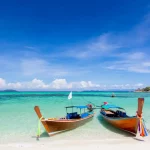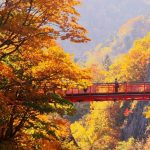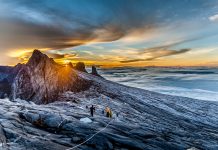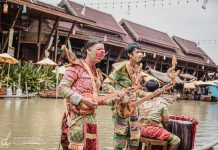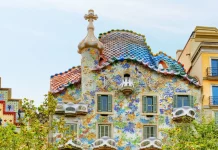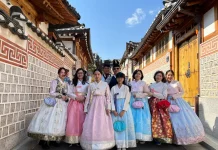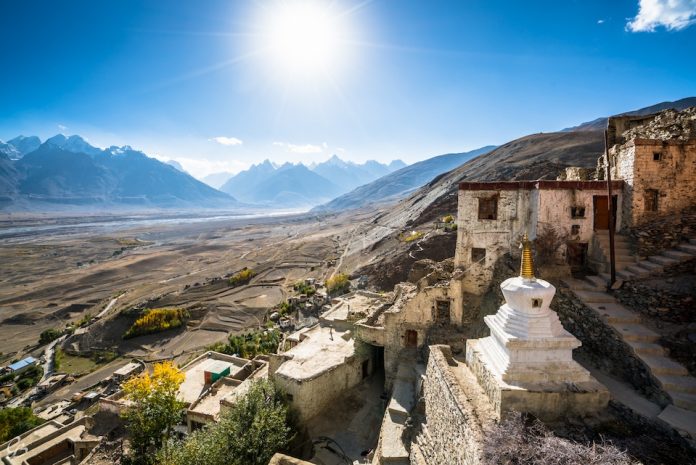
Ladakh is a very popular destination for tourists in recent years. This land is located in the state of Jammu & Kashmir and is considered the crown of India as the state borders Pakistan and Tibet. The Zanskar Valley is nestled in a remote corner of Ladakh, is one of the most enchanting places to visit in the Indian Himalayas. So, is Zanskar Ladakh worth visiting, how to visit Zanskar, what to do in Zanskar? Let’s check out our Zanskar travel blog with the fullest Zanskar travel guide (Zanskar guide) from how to get to Zanskar, best places to visit as well as top things to do in Zanskar valley to help you maximize your trip as follows!
- Where to go & what to do in Varanasi? — 15+ places to visit & best things to do in Varanasi
- What to buy in India? — 29+ best gifts from India & best things to buy in India
- Leh Ladakh bike trip itinerary — How to spend 6 days in Ladakh by motorbike?
- Leh Ladakh bike trip blog — Ladakh bike trip guide & tips for first-timers
- Ladakh trip cost per person from Delhi — How much does Ladakh trip by bike cost?
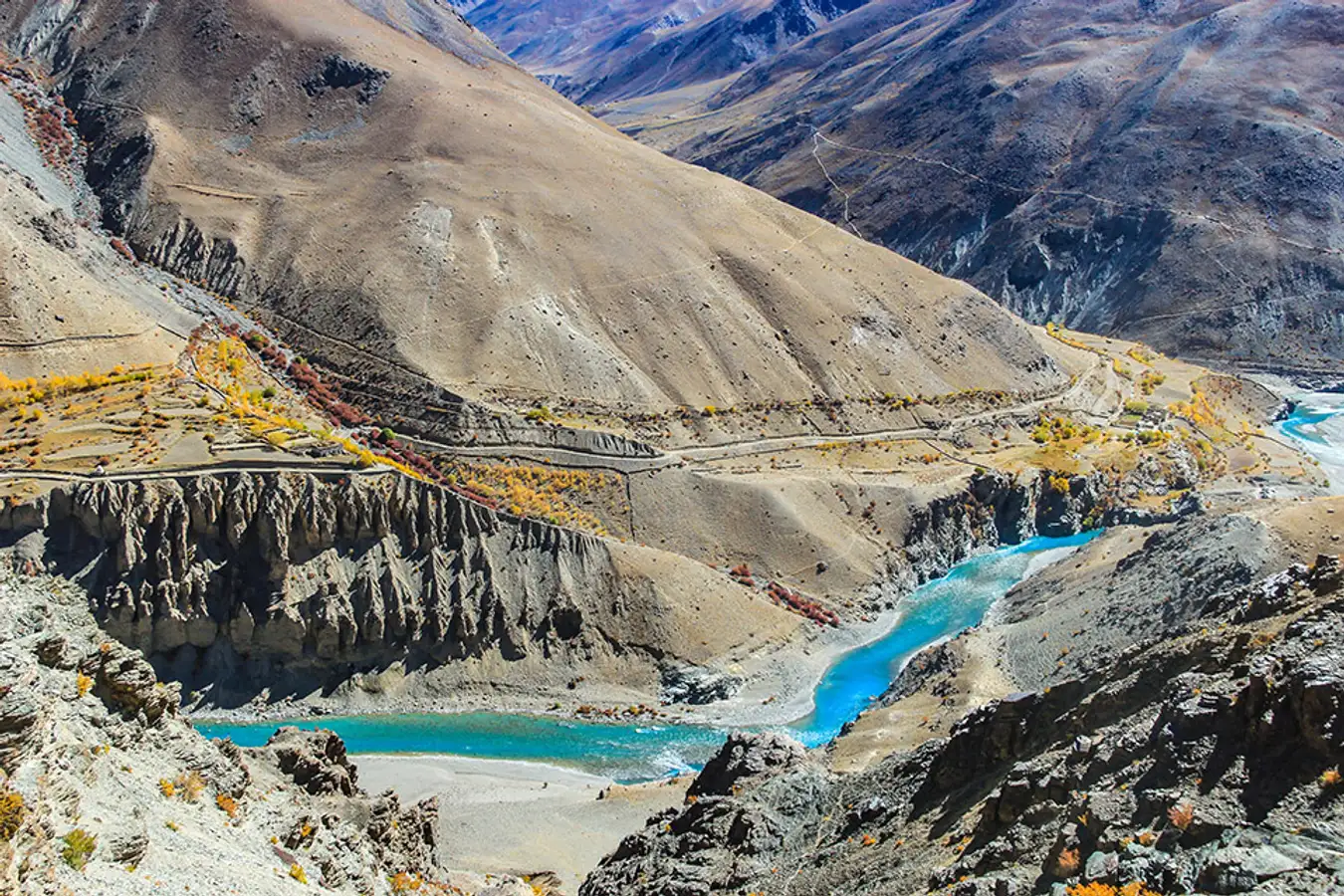
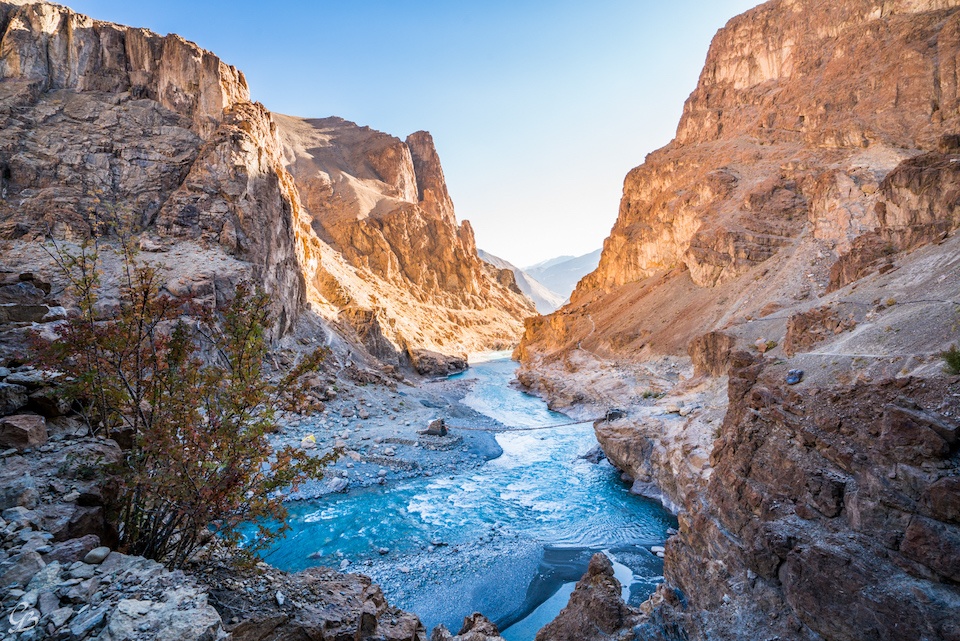
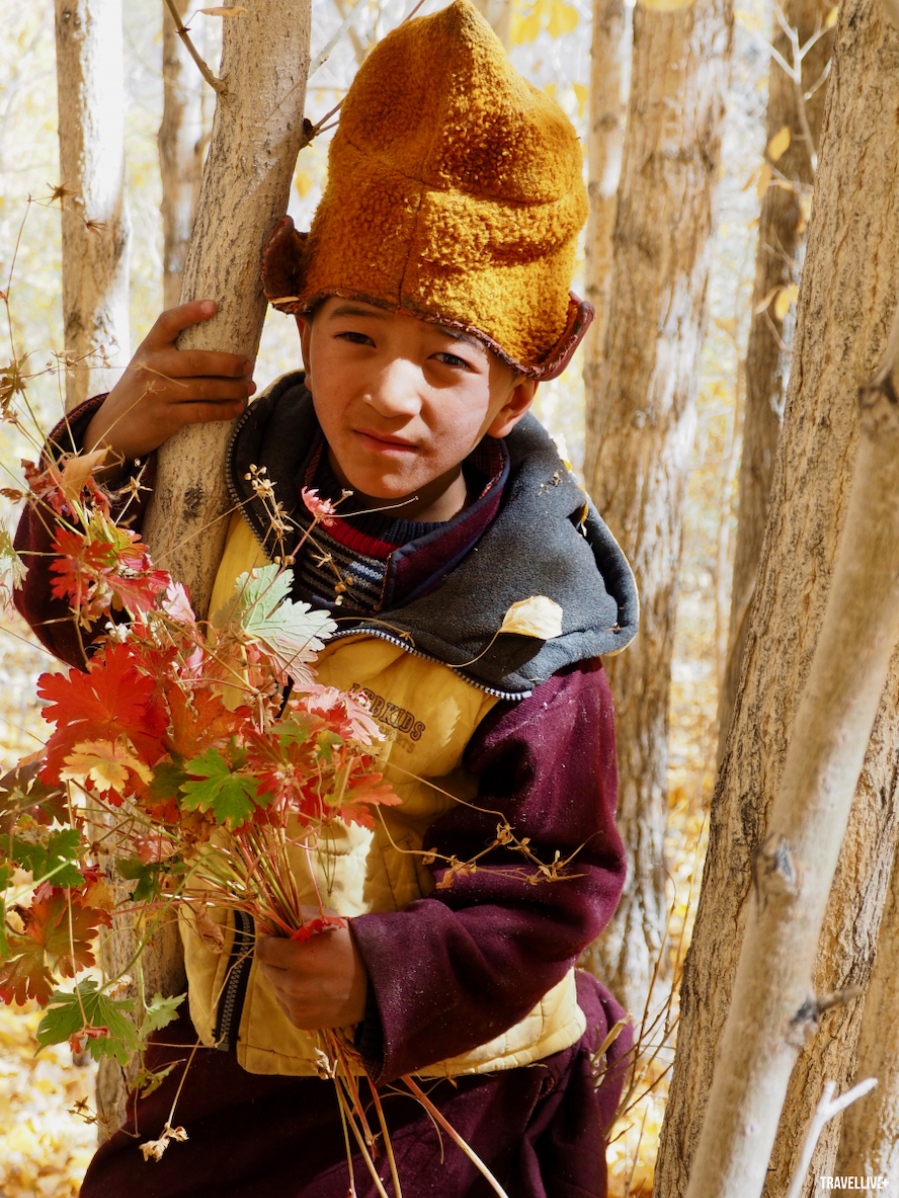
Tucked away in a remote eastern corner of Ladakh lies the Zanskar valley – one of the best places to visit in the Himalaya Region. Zanskar is separated from Ladakh by the Zanskar Range, it is endowed with pristine beauty and majestic by nature. It has wonderful sparkling clear rivers, magnificent glaciers, beautiful old monasteries, picturesque villages, fresh air, secluded wilderness and wonderful mountain views. Ladakh is already beautiful but Zanskar is more beautiful than Ladakh. Once visit Zanskar and you will find that this land leaves a lot of memories, even after a few years, you still want to come back to this place many more times.
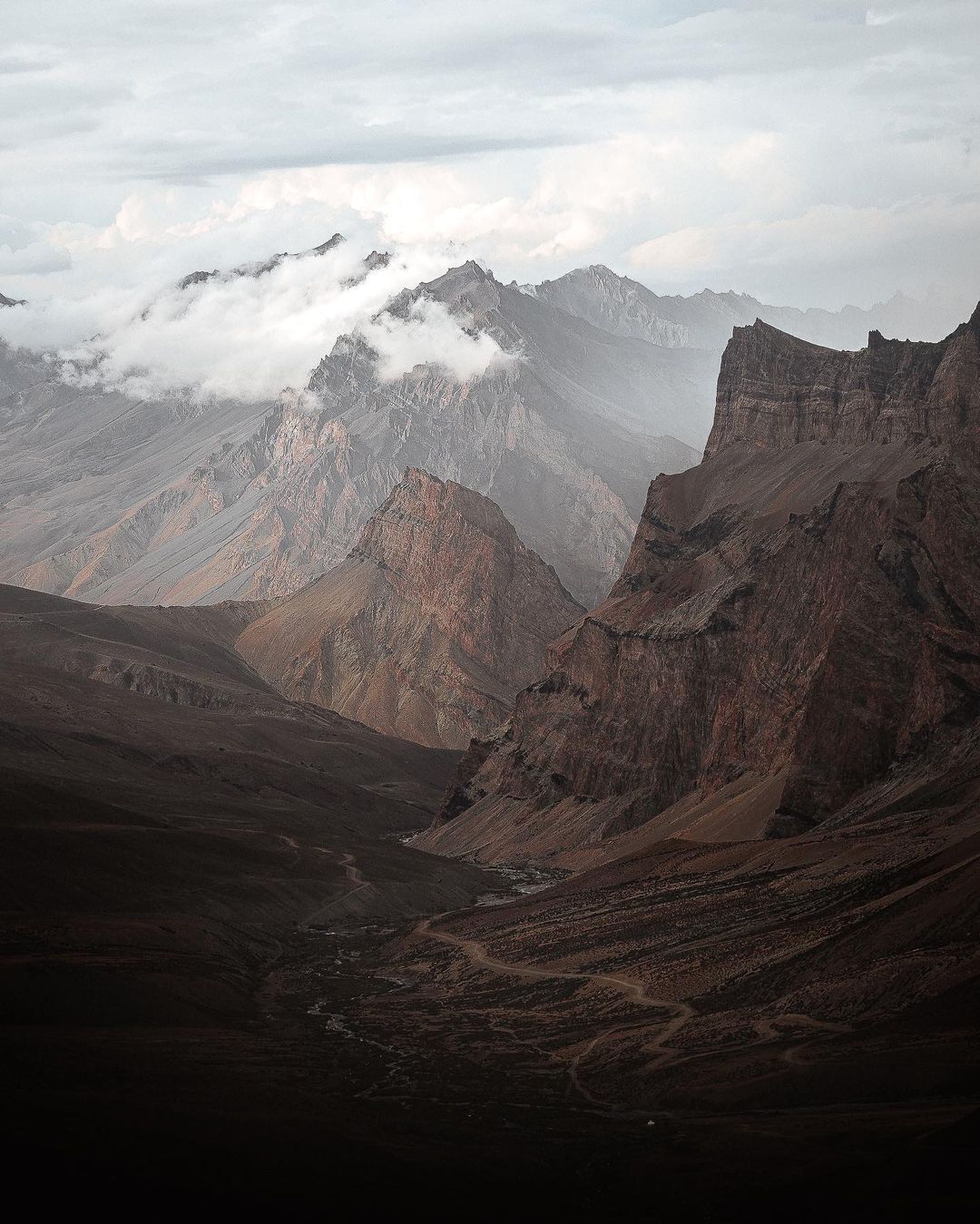
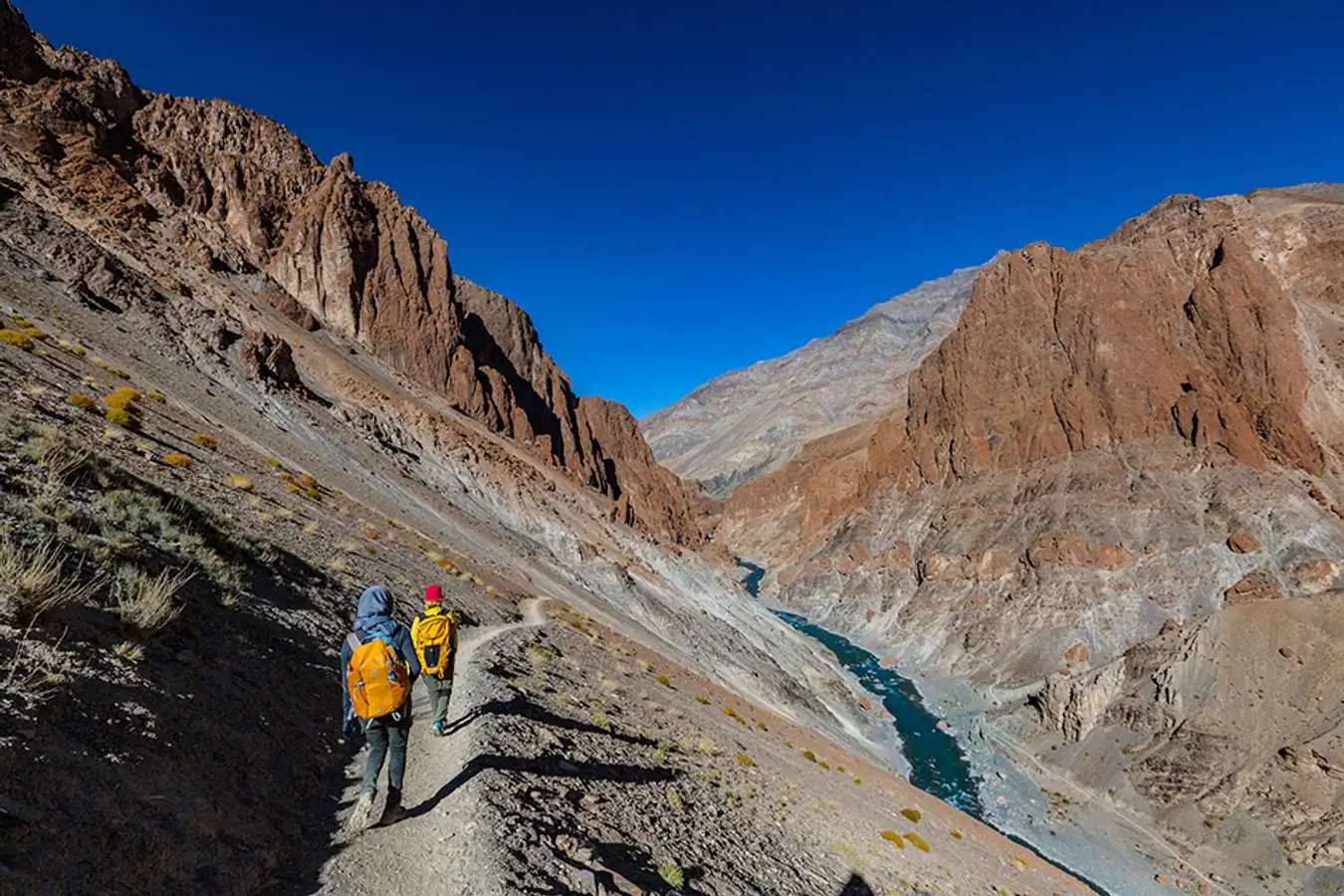
Much of the far north of India is quite mystical and remote, with crumbling monasteries atop hilltops, otherworldly landscapes high above, and winding mountain roads leading to faraway places. However, Ladakh is now a popular tourist destination with many visitors making the long journey to this remote and scenic part of the Greater Himalayan region. For those who are looking for a more remote experience, need a lot of patience and enjoy long-distance driving, the Zanskar valley remains one of the last frontiers for true adventure in India.
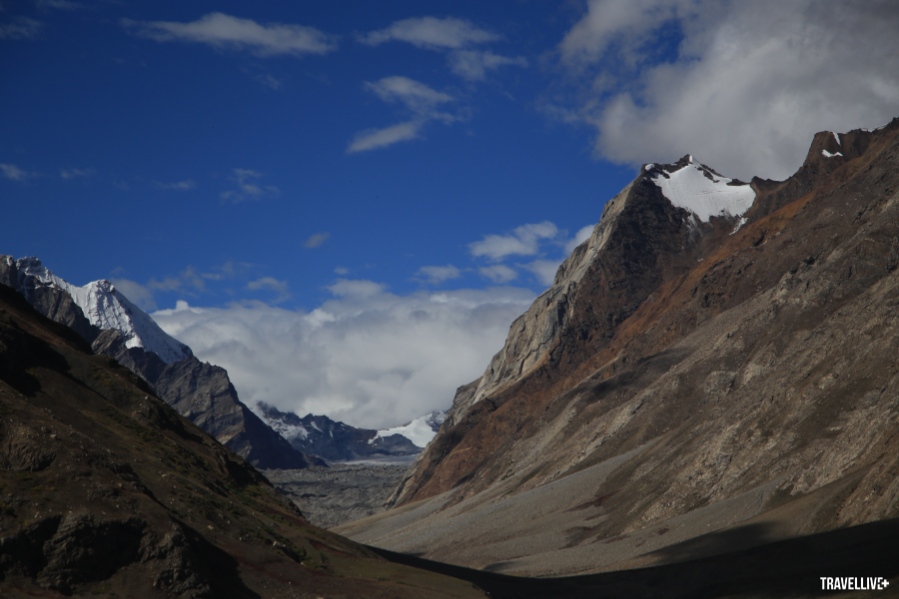
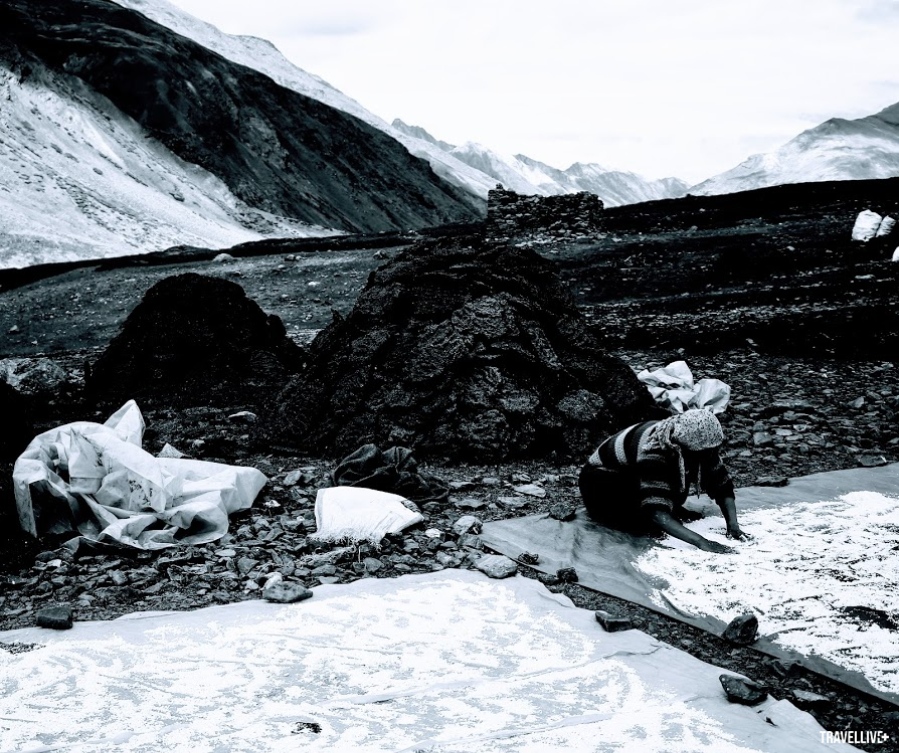
Overview of Zanskar (# zanskar ladakh travel blog)
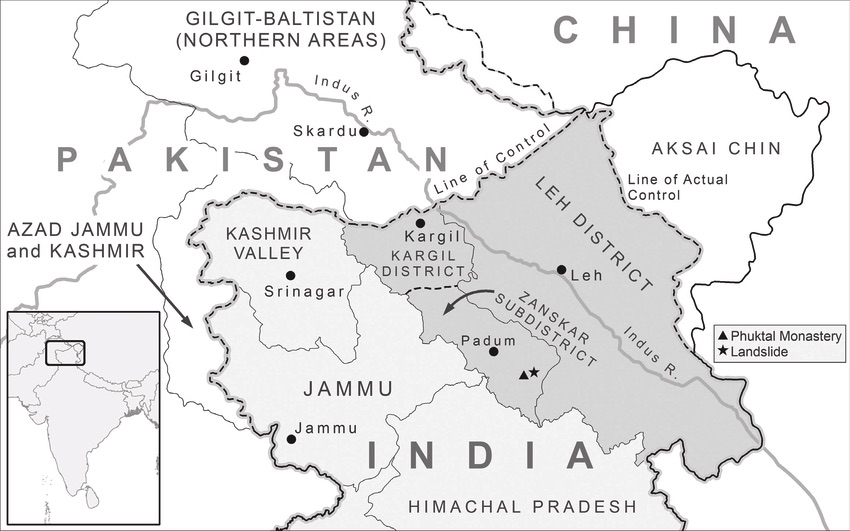
In ancient times, Zanskar and Ladakh along with Jammu and Kashmir were part of the kingdom of Guje in Western Tibet. It is connected via Kargil by the Kargil – Padum route. You can also reach Zanskar via Darcha in Himachal Pradesh by a walking route over the Shingo La pass.
Also known locally as Zahar, Zanskar is a small district in Kargil, located in the eastern part of Ladakh. For the avid traveler, the Zanskar Valley is one of the most fascinating places to visit in the Himalayas.
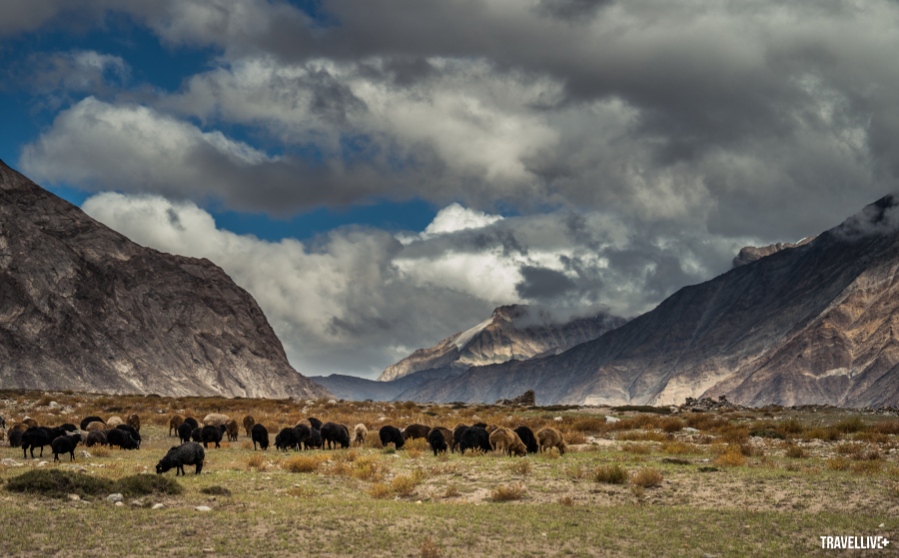
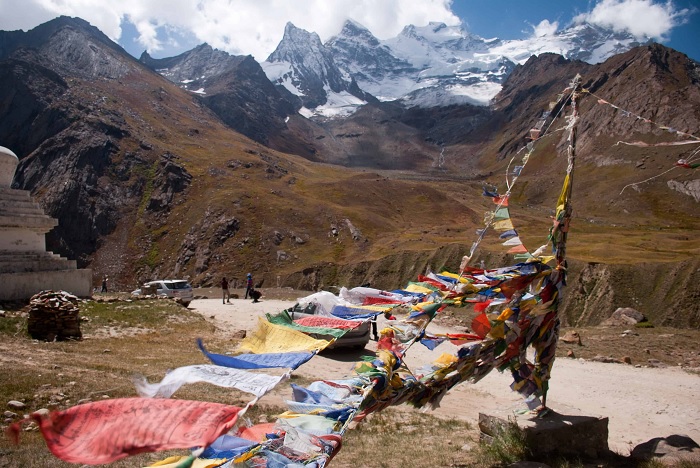
The Zanskar Valley is separated from Ladakh by the rugged Zanskar Range in North India. Part of the Greater Himalayan region, it is a high-altitude, snow-covered region with towering peaks and deep ravines.
The high altitude Zanskar valley lies in the lower Ladakh region among spectacular rugged mountains. Although on the map it doesn’t appear too far north of Leh town, the journey to Zanskar valley is not for the faint of heart. To reach the valley, the Kargil-Zanskar road passes through Muslim villages in the fertile Suru valley dotted with glaciers and the towering 7135m Nun-Kun peak. After crossing the Pensi La pass, the car goes down to Padum town which is the capital of Zanskar.
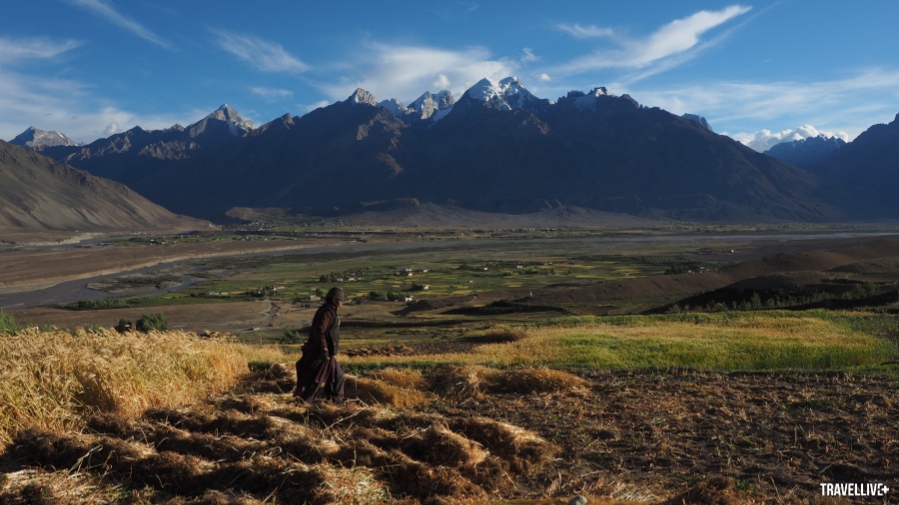
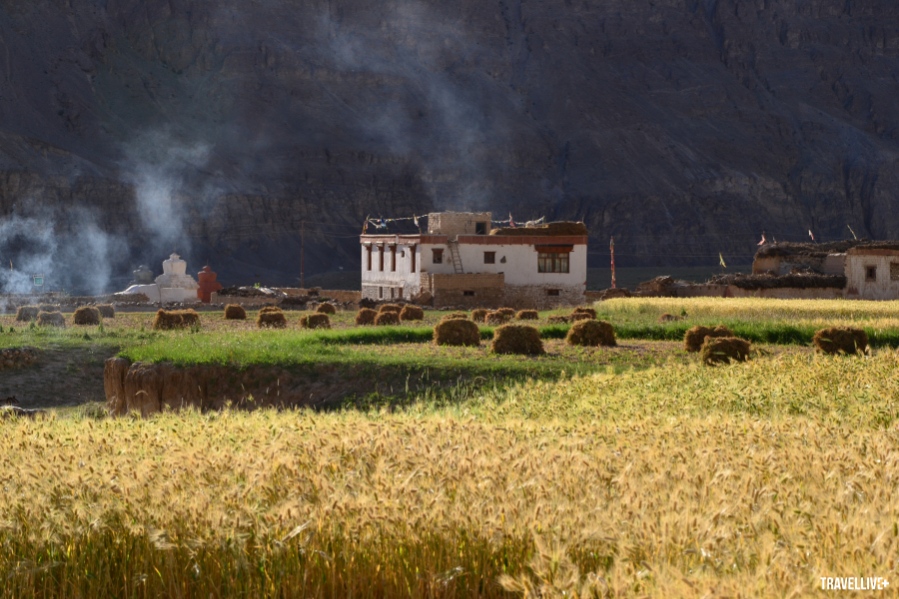
The Zanskar valley is eternally famous for its high snow-capped mountains and surrounding landscape, which have geographical attributes that are specific to this region. Getting there will introduce you to sparkling clean river waters and a pleasant climate that makes it worth exploring.
The isolated Zanskar Valley is known for its breathtaking landscapes and remote and authentic villages where it seems time has stopped. The historic monasteries and temples in Zanskar are often built around ancient clifftop meditation caves, preserving the ancient traditions of Buddhism.
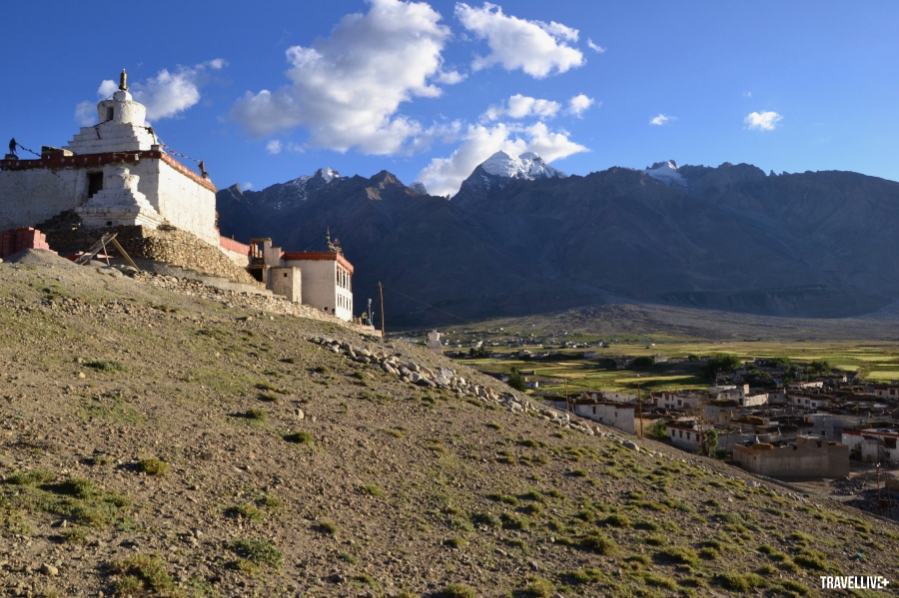

Located 105 kilometers from Leh, the Zanskar Valley has become popular with adventure enthusiasts. With a wide range of activities to try in the valley, it has become one of the most popular tourist destinations for those traveling to the Himalayan range.

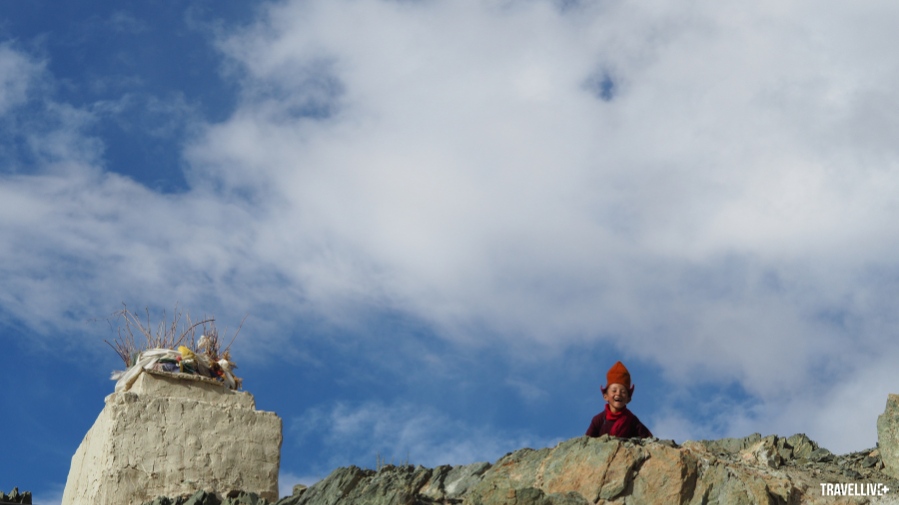
The valley has historically been part of the Kingdom of Zanskar, whose inhabitants are mainly Tibetan and follow Tibetan Buddhism. However, there are also Balti people who have lived in the valley since the 17th century, they are Muslim. You can find old monasteries scattered across the hilltops as well as mosques in the main towns.

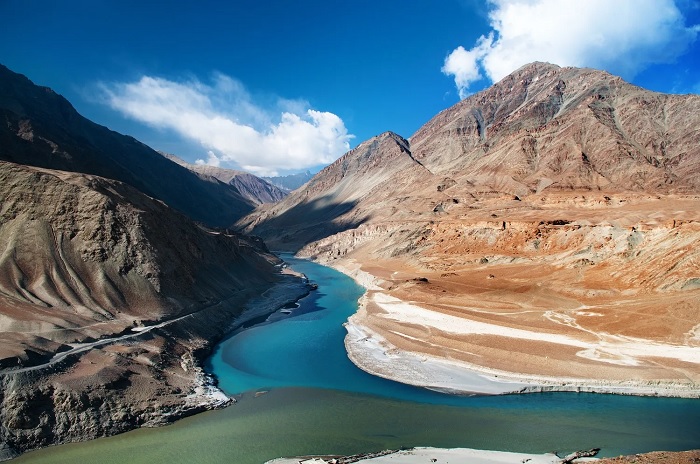
With such an isolated geographical position, the number of people in Zanskar is very small, according to statistics, only about 14,000 people. However, up to 95% of residents here follow Tibetan Buddhism, the rest follow Sunni Islam.
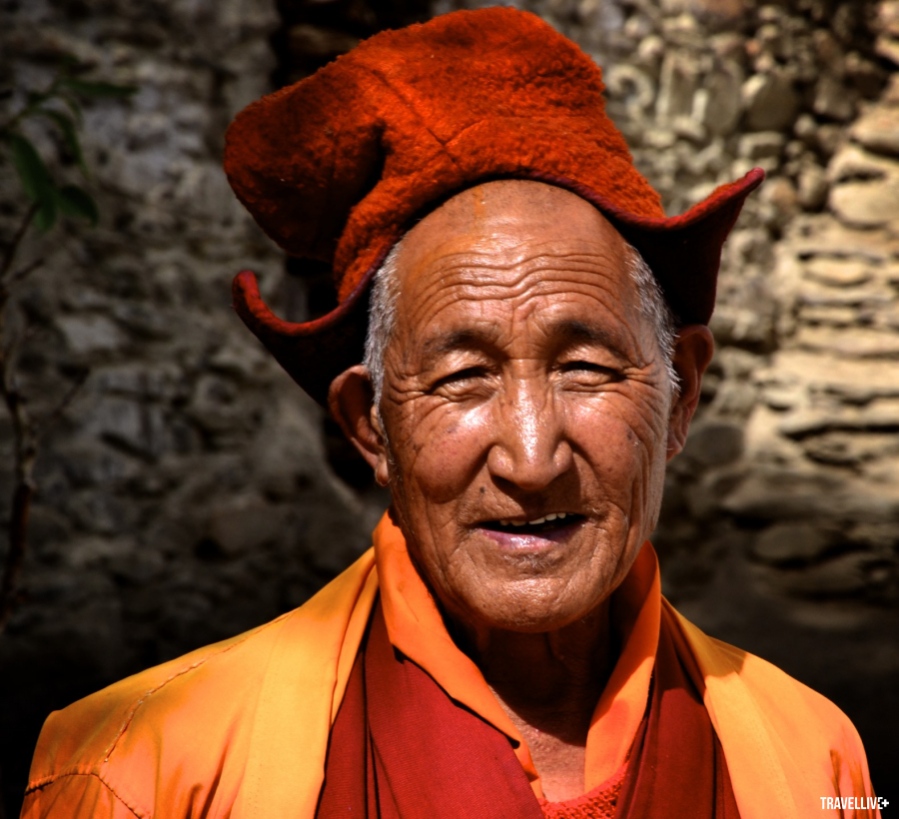
The main occupation of the people here is cattle breeding and land cultivation. That is why when visiting Zanskar, images of herds of cattle roaming the valleys are so common.
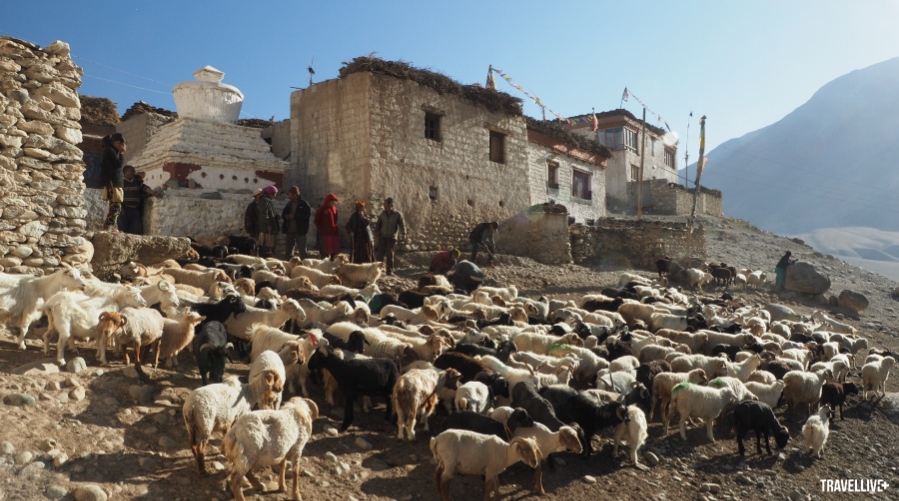
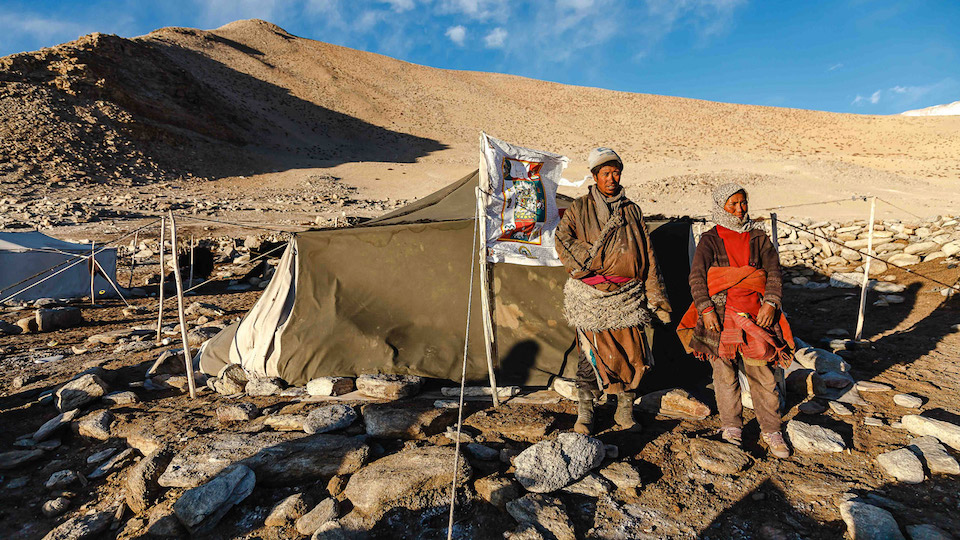
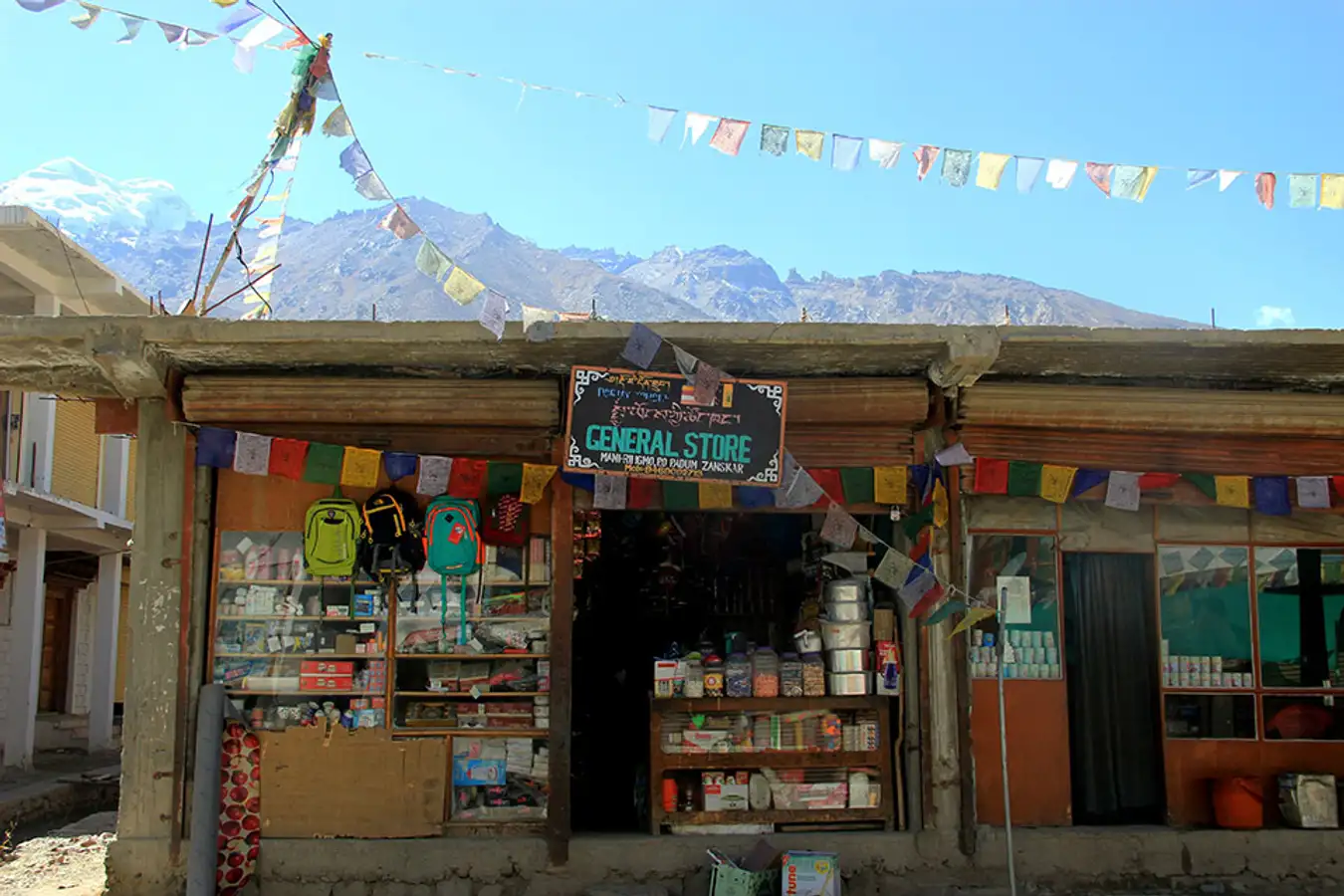
Highlights of the Zanskar Valley
- Located at an average altitude of 6000 meters above sea level, the Zanskar valley is surrounded by the incomparable beauty of majestic mountains.
- In winter, the Zanskar River freezes to form a thick layer of ice, allowing thrill seekers to walk this frozen river, commonly known as the ‘Chadar’ trek.
- You can go rafting on the white water Zanskar river along with camping at night surrounded by serene mountains.
- Zanskar’s rugged terrain is ideal for adventure lovers to embark on challenging treks such as the Lugnak Trail Trek, the Padum-Darcha Trek and the Zanskar-Sham Valley Trek, among many others.
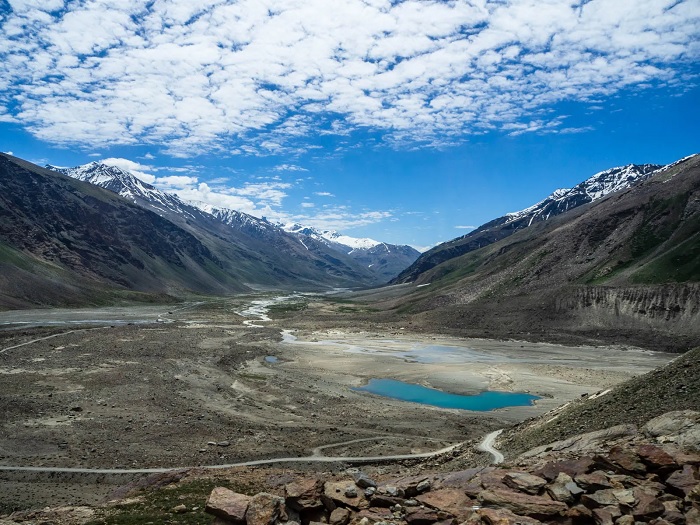
When is the best time to visit Zanskar?

The best time to go to Zanskar is from June to September, when the temperature is quite pleasant, not too hot and not too cold. In mid-October, maybe Zanskar has snowed, so it’s very cold. In winter from November to April of the following year with heavy snowfall, the road to Zanskar is closed and very difficult to navigate.
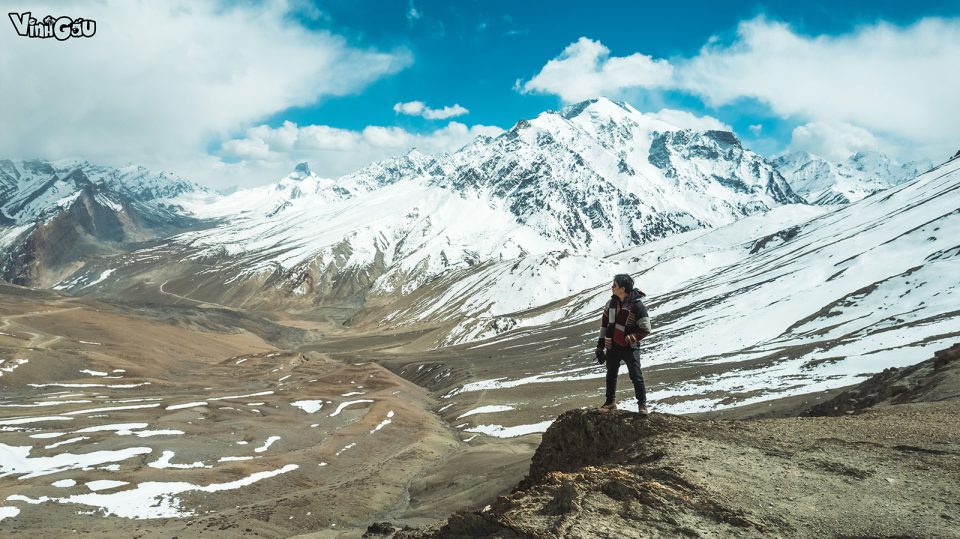
Summer: The best time to visit Zanskar Valley is between the months of June to September. During this time, the weather is the best for visitors to visit the valley. Before June, the beginning of the season is characterized by bad roads, not good for travel purposes.
Outside of this time, you can plan your visit up to October, which can be a little daunting but still surmountable.
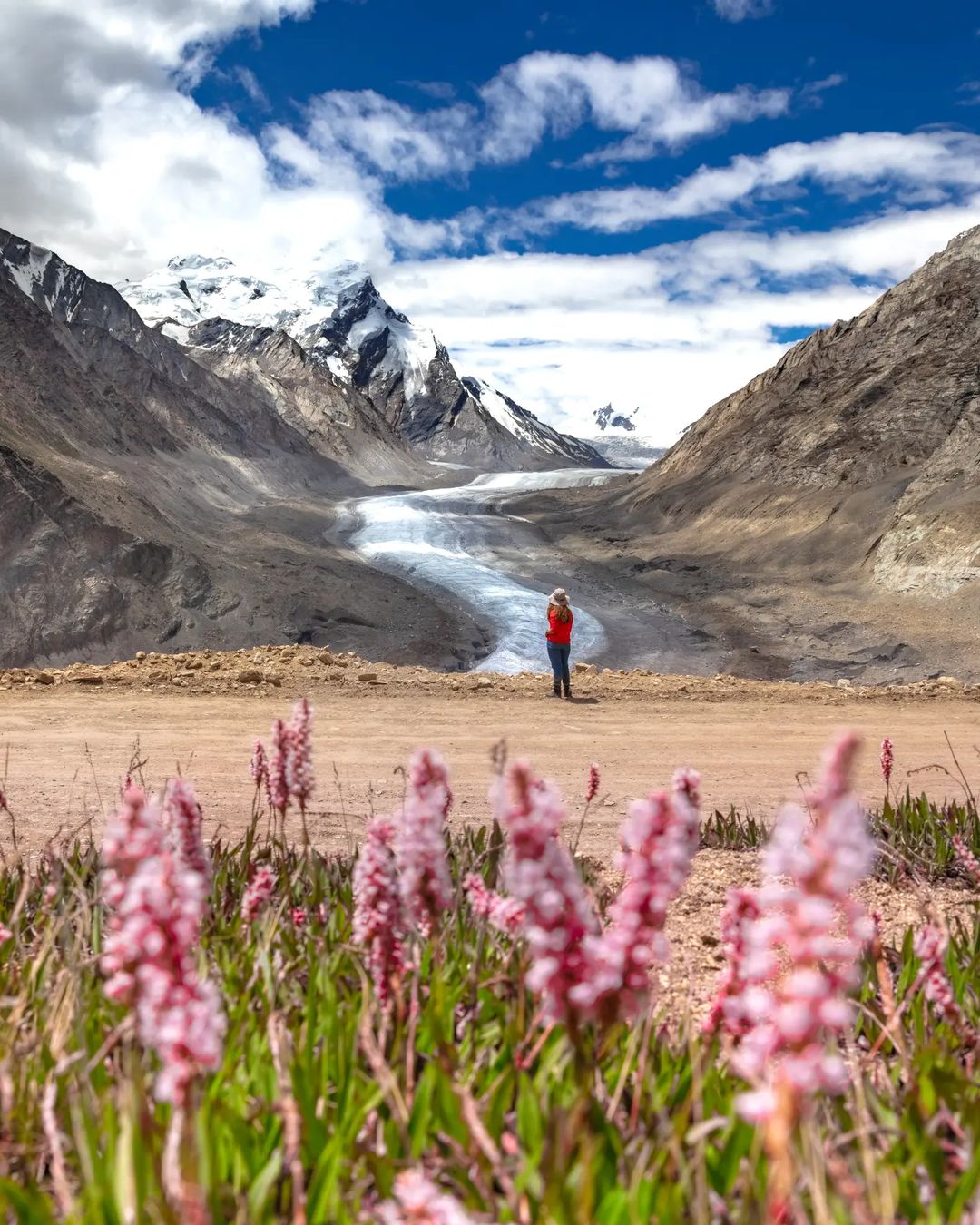
Winter: If you are planning to visit during the months of December to January or February, the only way for you to reach the valley is to walk through the Chadar trek as the roads are blocked during this time. Only go in this season if you’re prepared to do that level of physical exertion.
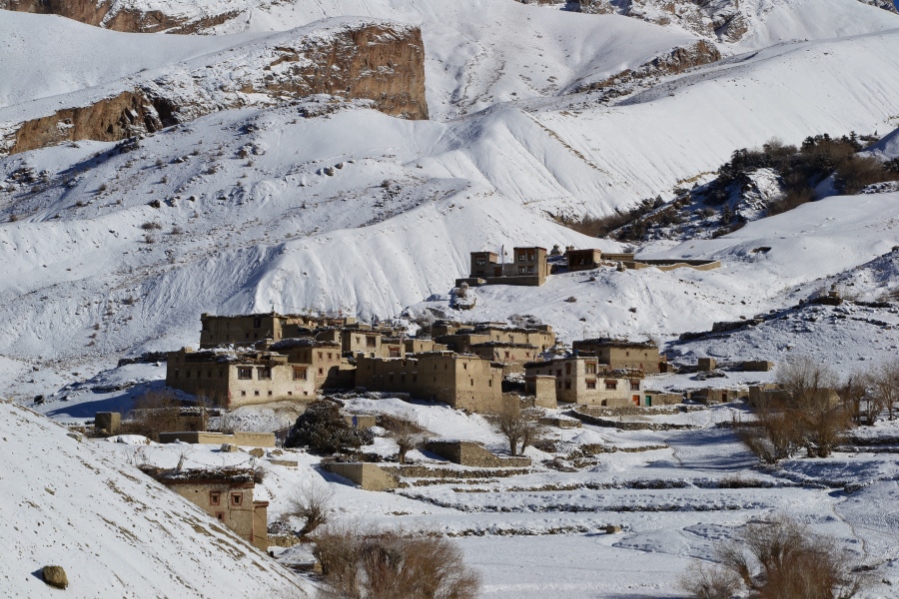
How to get to Zanskar?
The Zanskar Valley is currently only accessible by road. This road comes from Kargil to the northwest of Padum and is a rough and secluded road that cuts through the valley in the high mountains. As with much of Ladakh, the region experiences severe winters and heavy snowfall that has blocked roads for months.
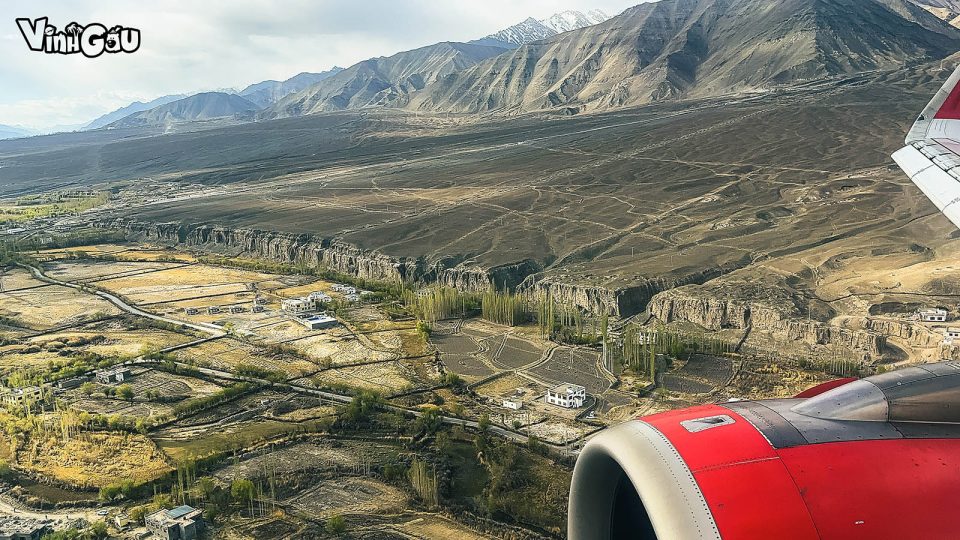
Roads in this region are normally only open from June to October annually, subject to weather conditions during any given winter. During the warm summer months, the day is usually beautiful with clear skies and snow limited to the peaks. However, it is definitely not as warm as other parts of India and you should still bring warm clothes when it gets dark.
Below are some ways on how to go to Zanskar (# zanskar ladakh travel blog)
From New Delhi you can take a flight or a car to Srinagar and then take the Srinagar – Leh highway to Kargil. Once you reach Kargil, you have to travel another 250 km to Padum – the central town of Zanskar. However, the 434 km Srinagar – Kargil – Leh highway will be closed for about six months a year, starting from mid-November to early May due to heavy snowfall on the Zojila pass, making traffic impassable.
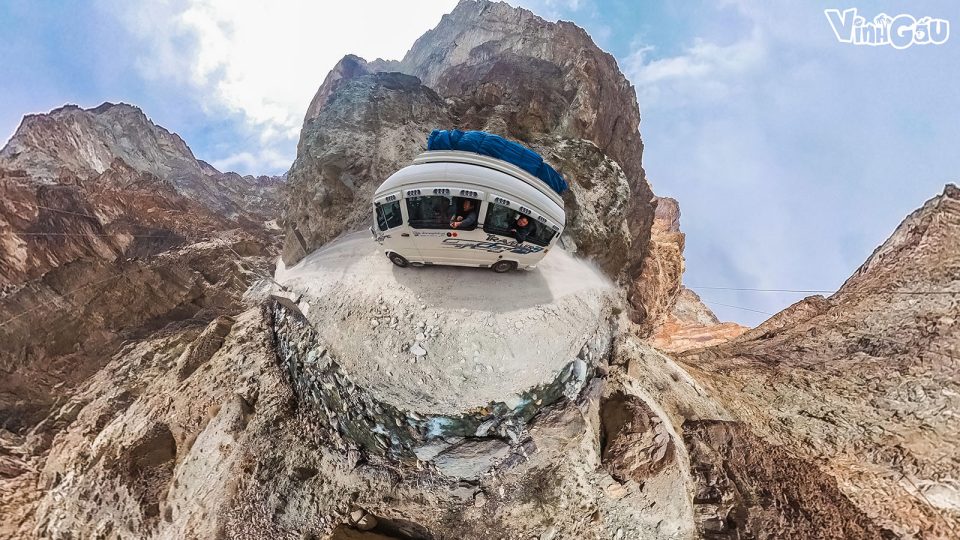
The second way is from Delhi you take a flight or a car to Manali then go from Manali – Leh highway to Leh and then go from Leh to Kargil – Padum route. Or from Manali you can go to Padum by route: Manali – Keylong – Darcha – Kurgiakh – Purne – Padum. This is a new route opened in 2020 and it connects Lahaul valley with Zanskar valley via Shinku La pass. However, the routes through Manali will only open in the summer months to autumn, the winter will be closed due to heavy snowfall.

From 2020, from Leh you can get to Padum more easily without having to go through Kargil. The route is as follows: Leh – Khaltse – Wanla – Sir Sir La – Photoksar – Singe La – Lingshed – Zangla – Padum. If you start early enough from Leh and don’t stop on the way many times, you can reach Padum on the same day.
Means of transportation (# zanskar valley)
Public transportation
Bus: From Delhi to Srinagar, Srinagar to Kargil you can take the JK SRTC bus or you can go from Srinagar to Leh and stop at Kargil. Bus fares from Srinagar to Kargil from Rs 400. Check schedules and routes at website: https://www.jksrtc.co.in/passenger1.php
When you arrive in Kargil, the JK SRTC bus has very few trips to Padum and not every day. Therefore, you should check the bus information from Kargil to Padum directly at the bus station or ask the locals for the date and time of the bus.
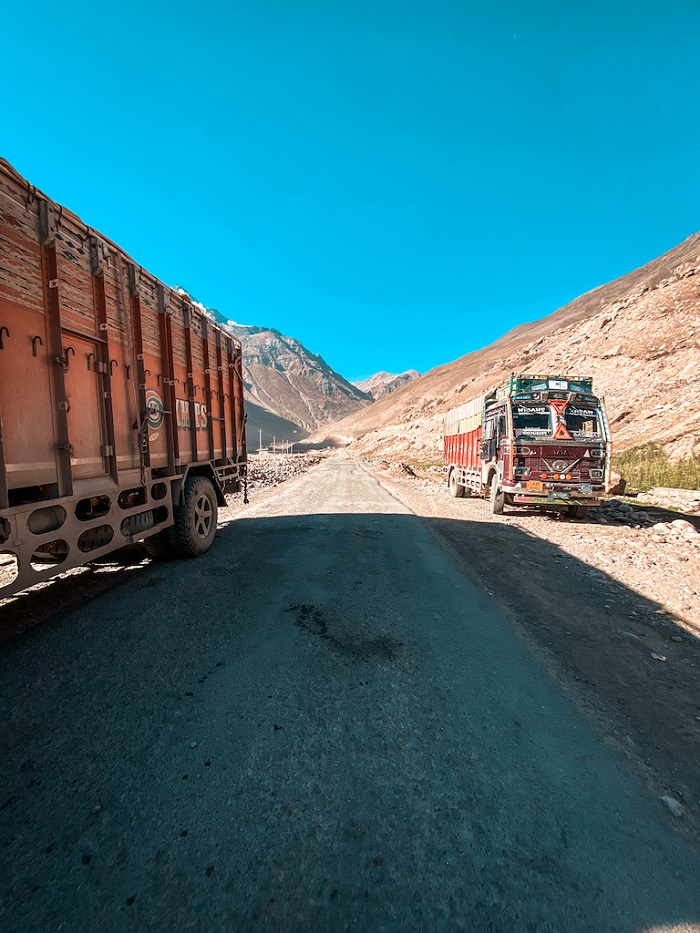
Shared taxi: There are many shared taxis that run daily between Srinagar and Kargil, Leh to Kargil and Kargil to Padum. This shared taxi does not stop overnight between Kargil – Padum, so it will run for 12 consecutive hours with a few stops where you can buy food, tea, and cakes. You need to pay around Rs 1500/person for a one-way trip between Kargil – Padum.
Buying a landtour
If you go in a large group, the most convenient and less tiring way is to buy a landtour including a car and driver from Srinagar, Leh or Kargil. The road from Kargil to Padum is quite bad, bumpy and unpaved, many corners are very sharp so you should not drive on this road. The average landtour price is 40USD/person/day.
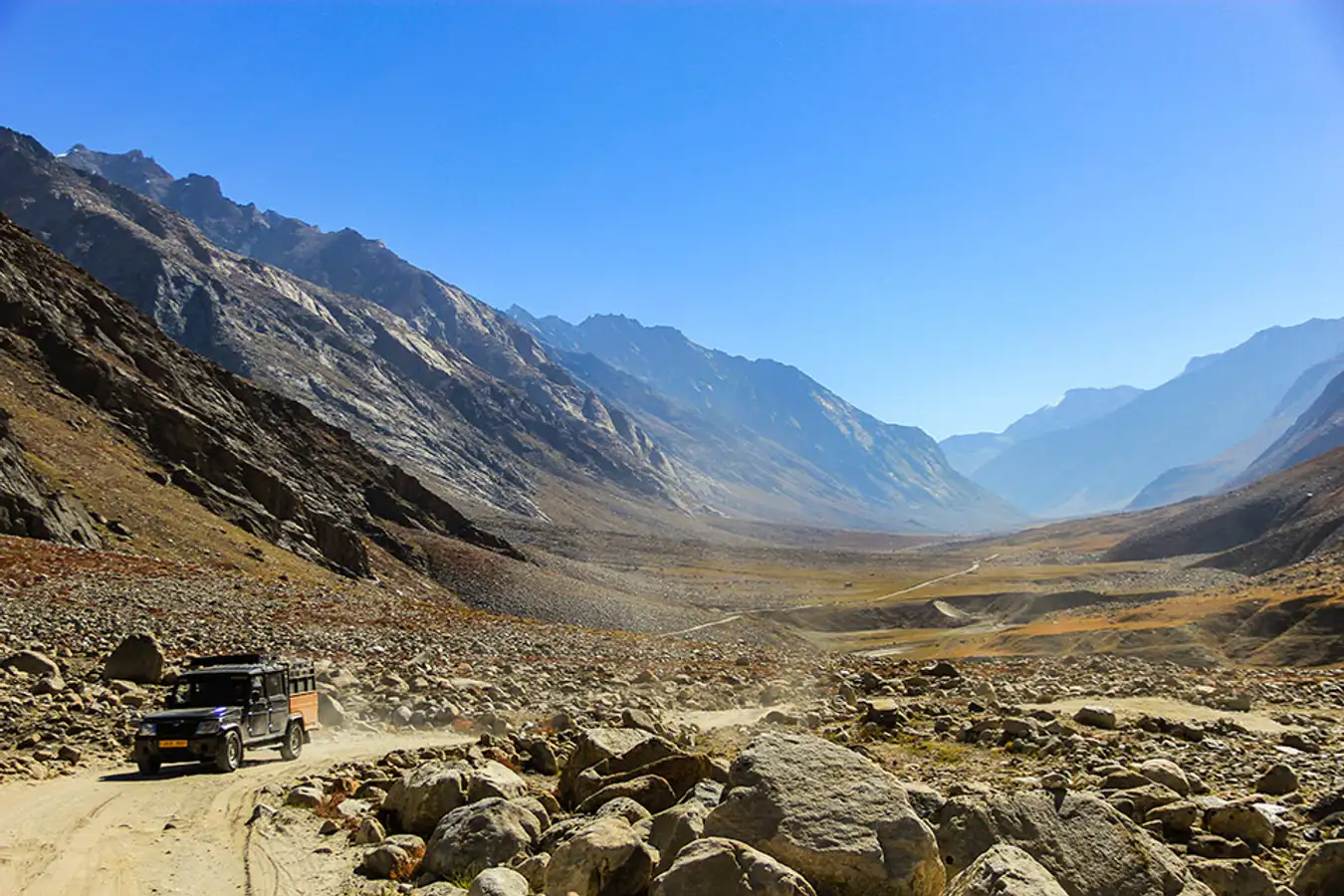
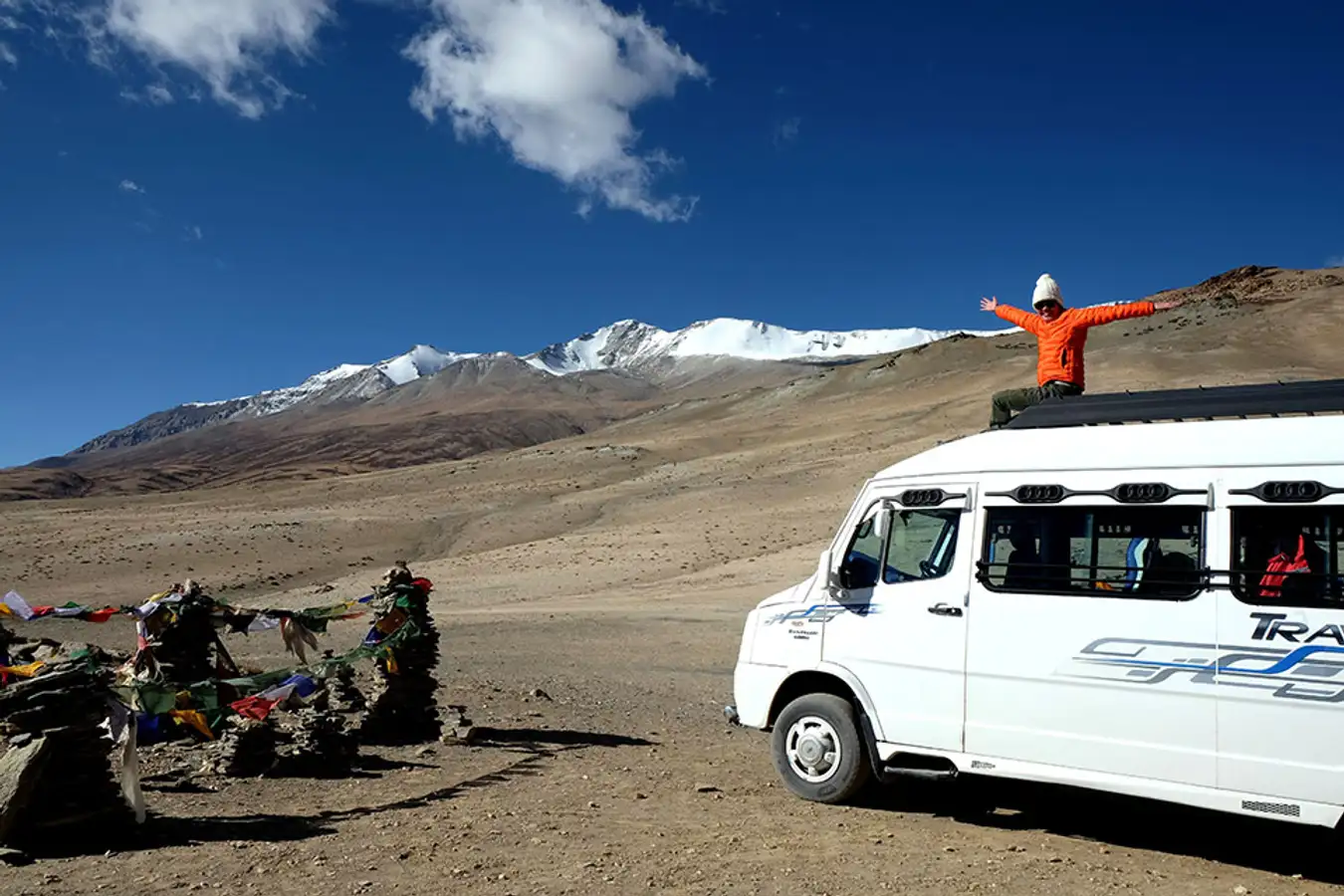
Big displacement motorcycles
Many people choose to ride big displacement motorcycles for the route from Srinagar to Padum. However, if you ride a motorbike, you must prepare well, wear protective clothing, bring medicine, first aid box and prepare your belongings very carefully. You should also prepare to bring ready gasoline with you because the route to Padum is very wild, there are many sections of 50km without a town or gas station.
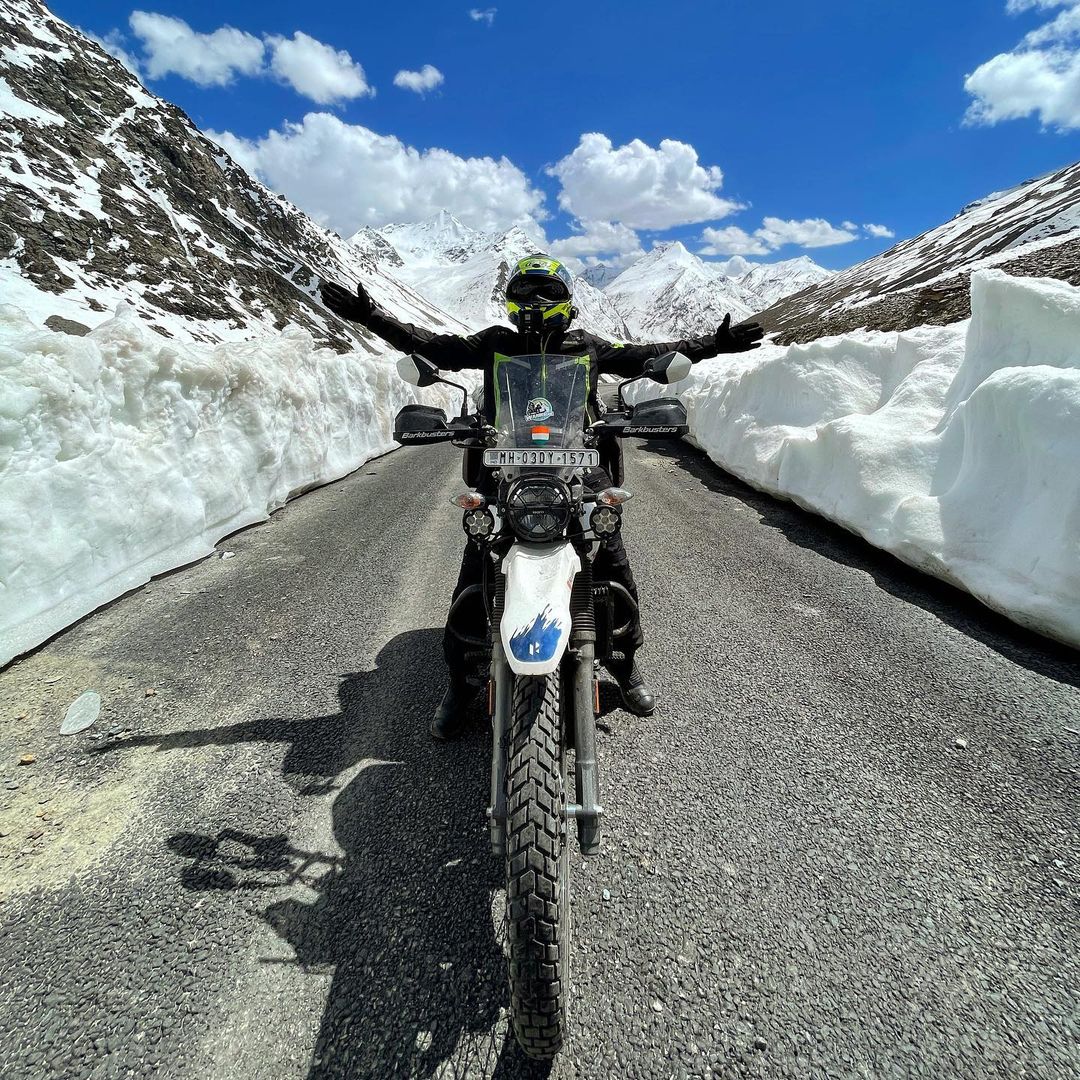
Best route to Zanskar Valley
- Via Srinagar and Kargil: This is the fastest route to Zanskar Valley. You can get to Leh via the Manali – Leh highway and then to Kargil, or to Leh directly by air or rail.
- From here, you can take the road to Padum. Talking about the shortest route, you will arrive safely via Srinagar – Kargil – Padum route.
- From Himachal: This route is currently under construction and will take several years to complete. It runs from Darcha in Himachal to Shingo La and then to Padum.
- Another route runs from Leh to Nimoo and then to Chilling, eventually taking you to Padum. Much of this route runs along the Zanskar River.
- From Darcha: This 40km route from Darcha to Shingo La will take you past the famous Phugtal monastery which you can visit while traveling on this route.
- Via Leh: This route operates year-round and provides easy access to the Zanskar Valley. It will run through Leh to Chilling and then make its way to Padum.
Most of the locals here still don’t have access to the road but when this route is completed, they will have a better way of getting around.

Where to go in Zanskar and what to do in Zanskar? (# zanskar valley)
Reaching the Zanskar Valley itself offers many adventures and thrills for visitors, that’s why they can come and relax amidst the tranquility during their stay and enjoy enjoy the tranquility of these places. Below are best places to visit and top things to do in Zanskar Ladakh.
Padum Town

Padum is a dusty little town set among soaring mountains. It’s a normal town with basic tourist amenities including a few restaurants, snack shops, travel agencies, and guesthouses.
No phone or internet signal in town. The only connection to the outside world is at two Internet cafes in town. You can connect to Wi-Fi for INR 5 per minute, but be aware that it is very slow and sometimes almost pointless.
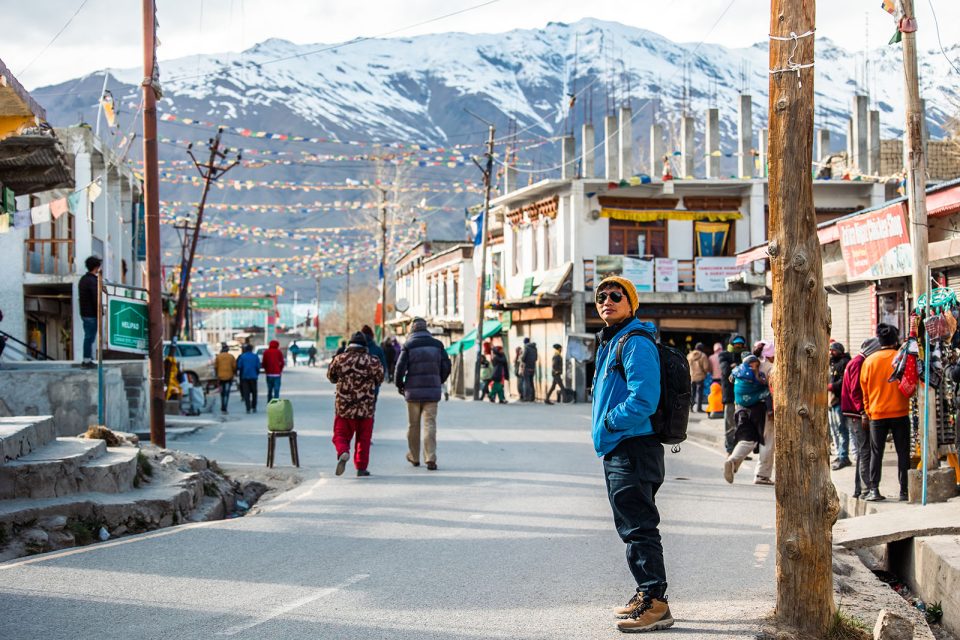
There is no designated bus stop or taxi station as the town is simply not big enough. Buses drop off passengers in town at the main intersection, where you’ll find most transport meetups.
The capital of Zanskar is Padum, a pretty little town with a main road with less than ten shops selling local goods, such as fruit, food, blankets, etc.
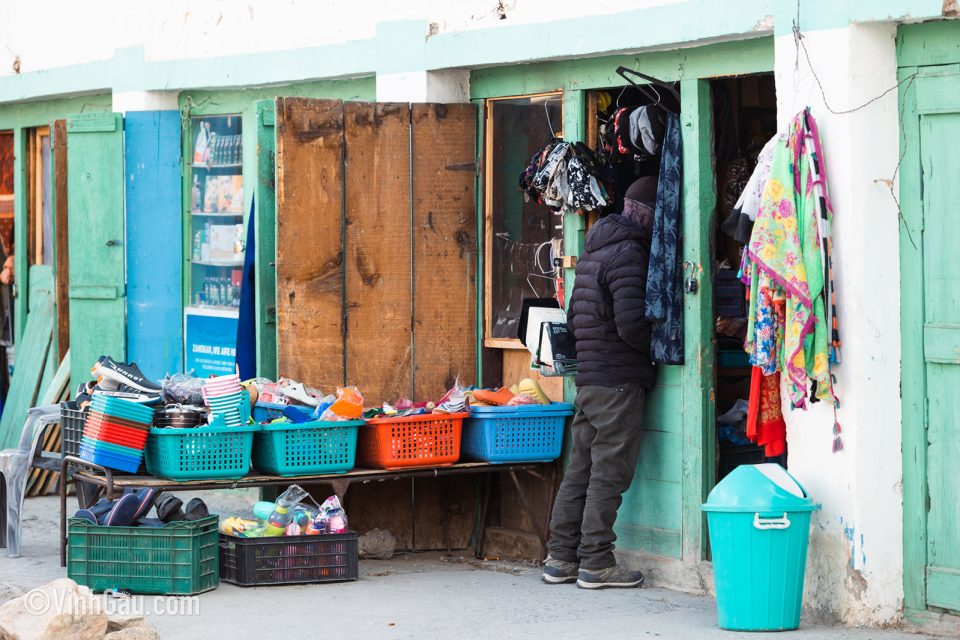
Unlike Leh, a place always bustling with tourists from all over the world, Padum is much more deserted. On the street, we only see locals, or migrant workers, but not many tourists. Running on the street, I did not see many houses. A large space sometimes only has 2-3 houses, so that the rolling snowy mountains in the distance are more clearly visible. Naturally, I feel more connected to the space in Padum. Probably because I’ve lived in Saigon for so long, I really like quiet & deserted spaces like this.
Karsha Monastery (# zanskar travel guide)

Karsha Monastery (Karsha Gompa) is the largest and most important monastery in Zanskar. The monastery was built in the 10th century on a high hill in the Padum valley. This is the monastery of the Gelugpa lineage, the Yellow Hat sect of Tibetan Buddhism. Currently, there are about 100 monks living and practicing here.
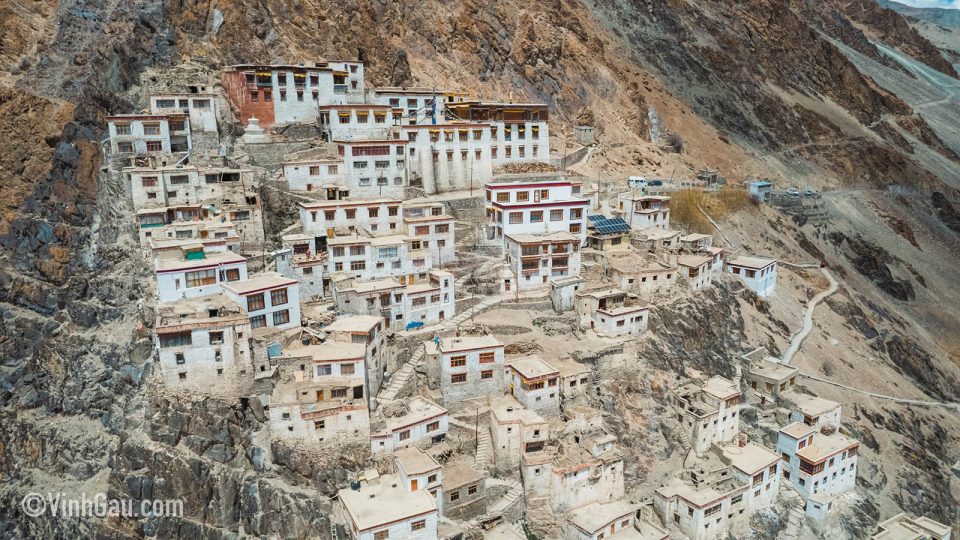
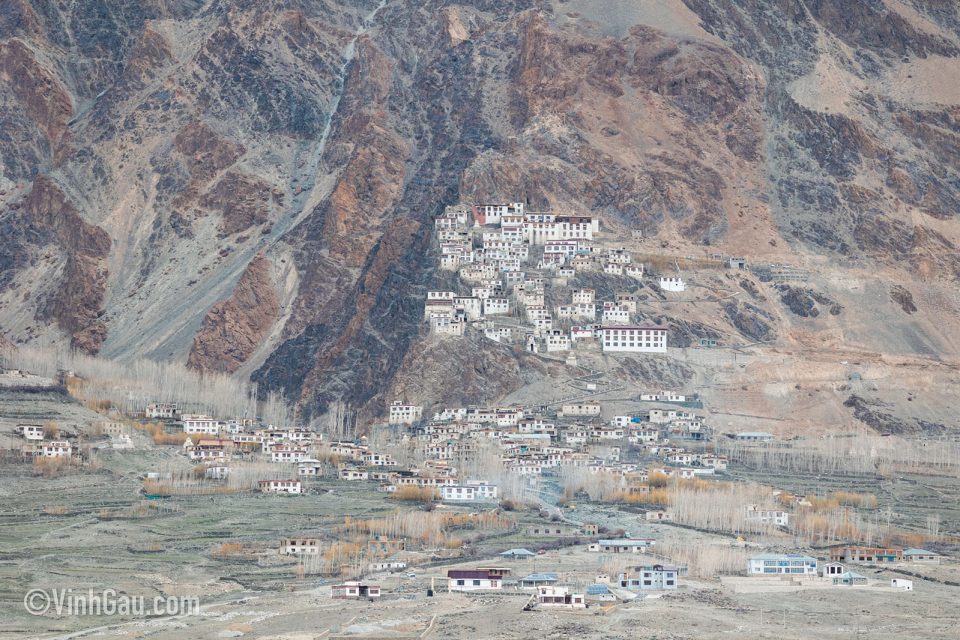
The oldest surviving structures of the Karsha monastery are the Avalokiteshvara and Chuk-shik-jal temples, which house murals associated with Rinchen Zangpo’s era (958-1055). One of the main attractions of Karsha monastery is the Karsha Gustor festival held annually on the 26th to the 29th of the Tibetan month, usually in January.
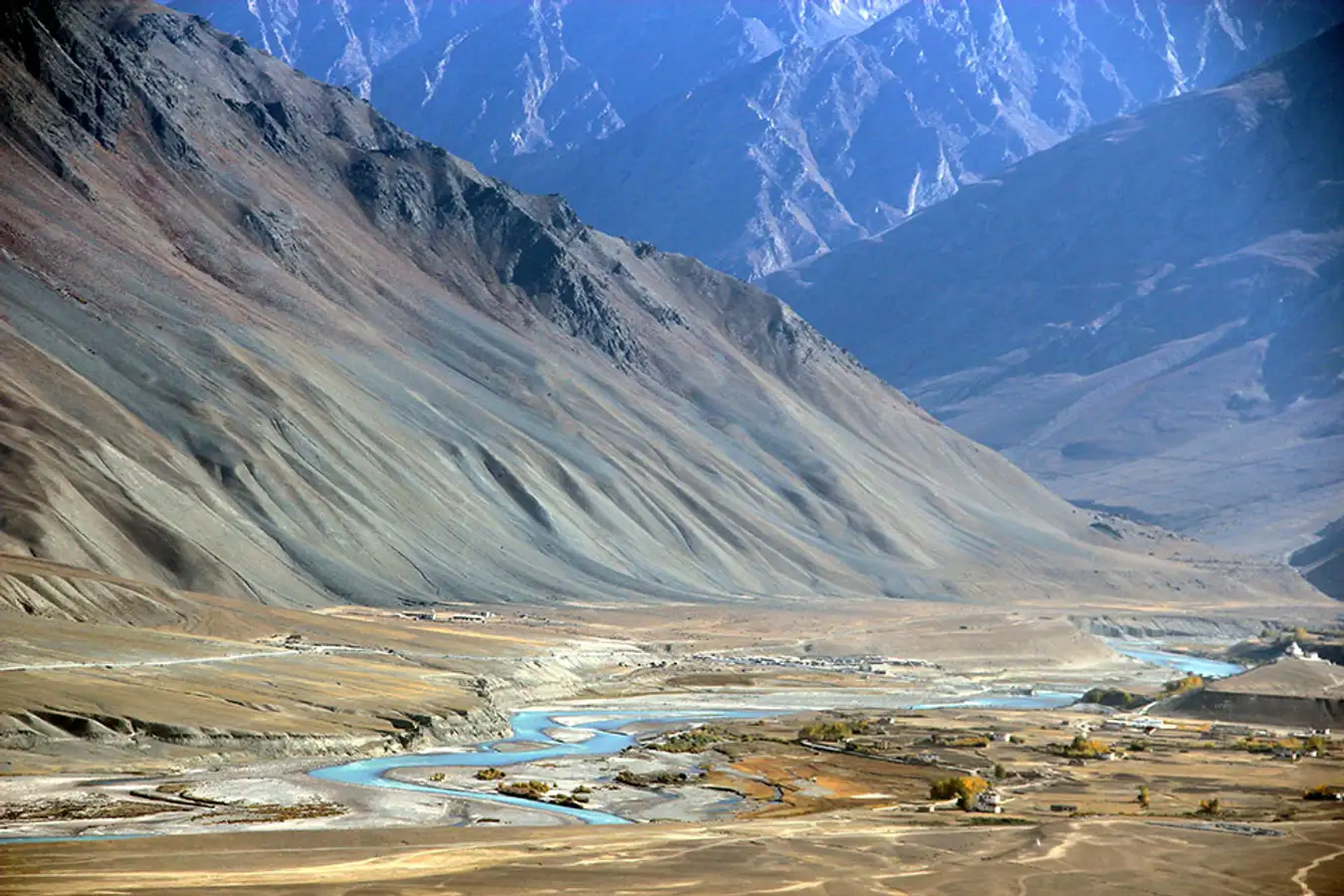
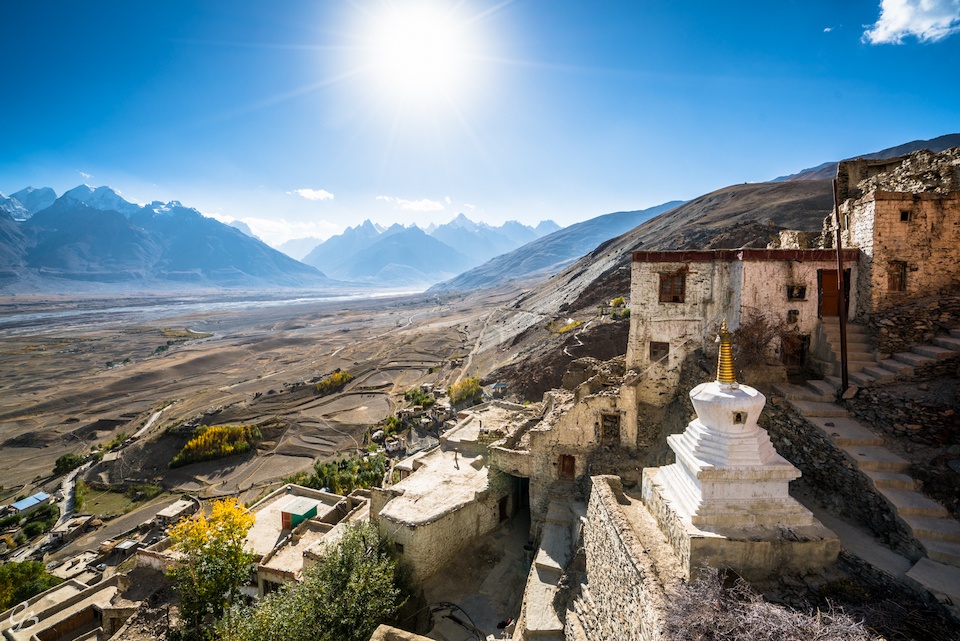
Karsha Nunnery Monastery
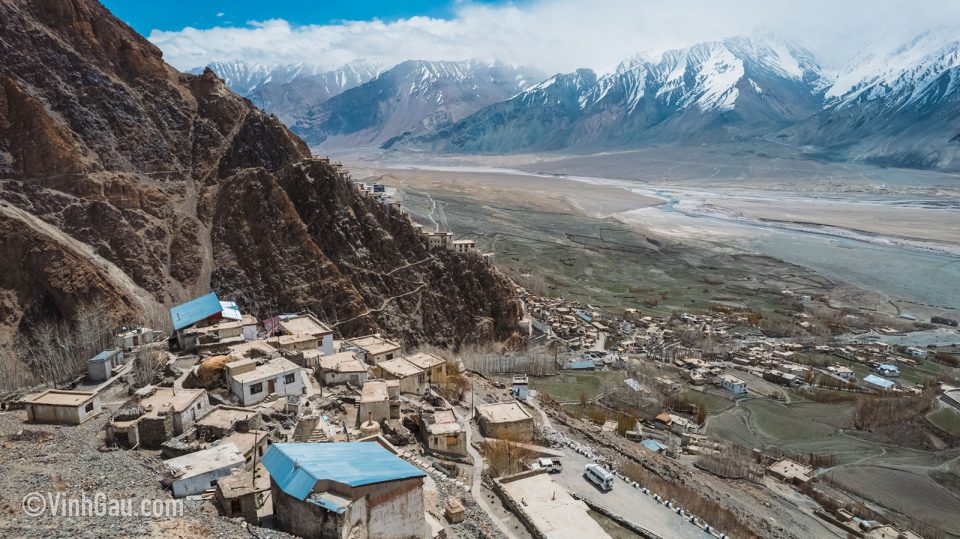
Not far from Karsha Monastery is the Karsha Nunnery Monastery that dates back over 300 years. This is where the children living in the village are taught and cared for by the nuns. When I got here, I was greeted by the children who lived here with sly smiles and said “Julley” (Julley! – a common greeting in Ladakh that will make everyone smile and Julley back every time you meet anyone, including tourists) then the old man sitting from the upper house with a dog looking down and “Julley”, and the nun also “Julley”, invited in to eat cake, drink masala tea and led a tour of this place. Well, Julley is a very common greeting here and it’s easier to bring people together.
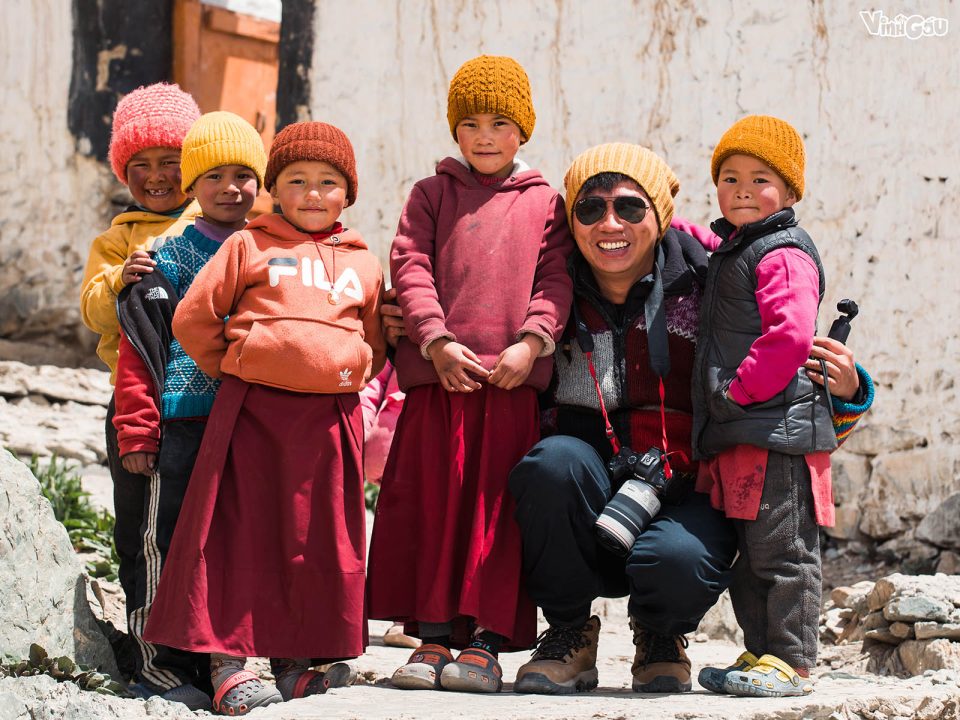
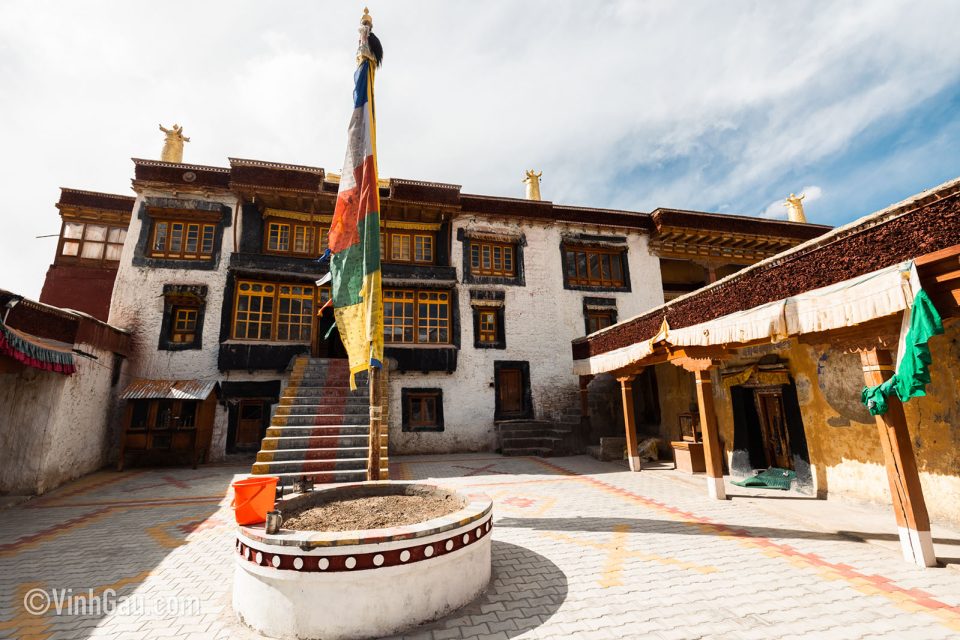
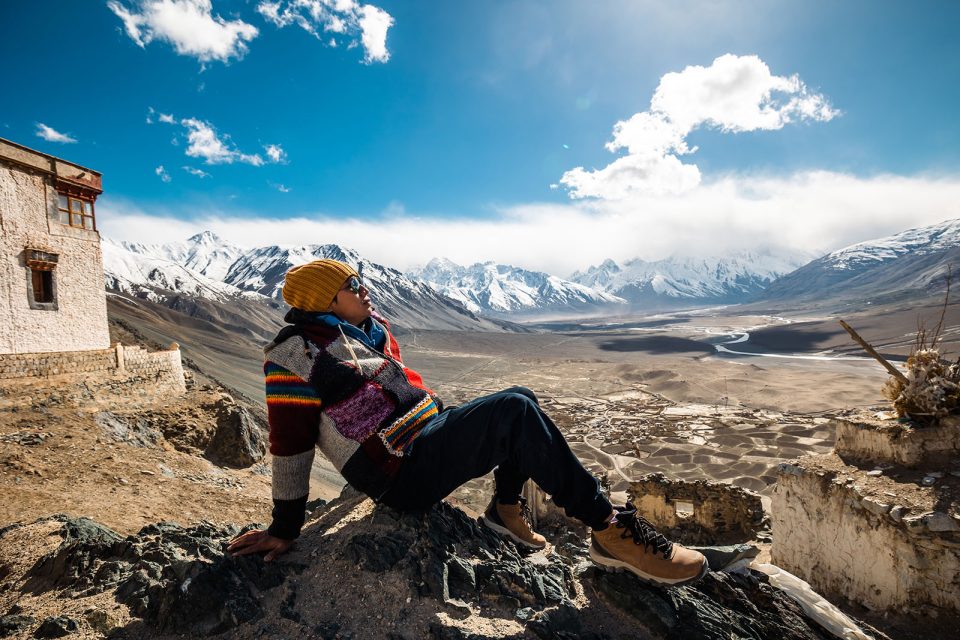
Suru Valley (# things to do in zanskar valley)
From Kargil to Rangdum, part of your journey to Zanskar Valley happens through Suru Valley. Contrary to Zanskar, you will find this valley in full bloom with lush greenery that can ideally capture people’s attention.
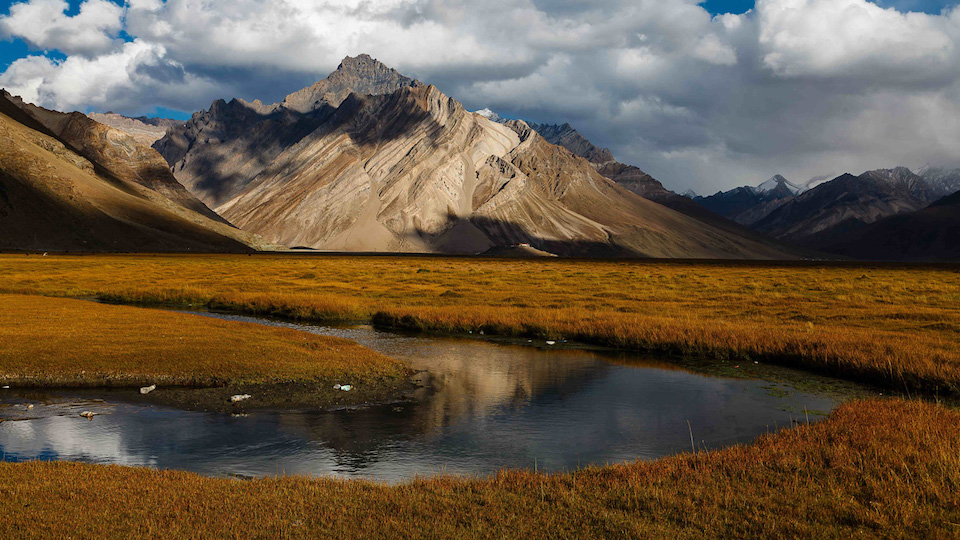
Sadly, since most people just happen to be passing through this area, not much attention is paid to the valley. Suru Valley is the starting point for rafting trips and mountain expeditions.
Shafat Glacier
If you have heard of the peaks, Nun and Kun, you know that they found their peaks from this glacier. Those who are about to go on a climbing expedition in these mountains, usually start from this point.
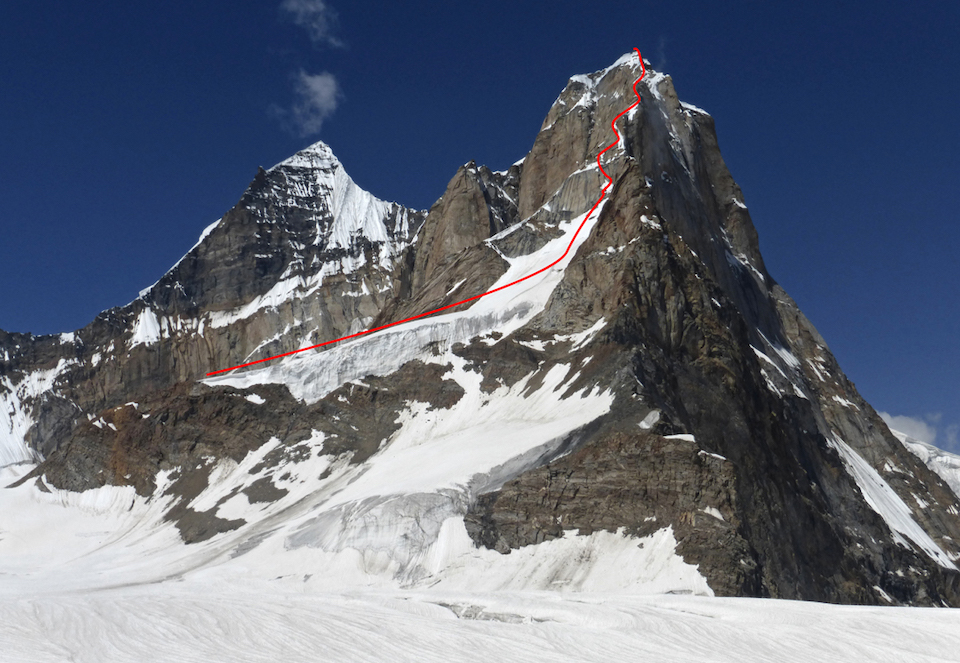
A famous stream originates from this glacier, takes the name Shafat Nala and adds its water to the Suru River.
Doda River
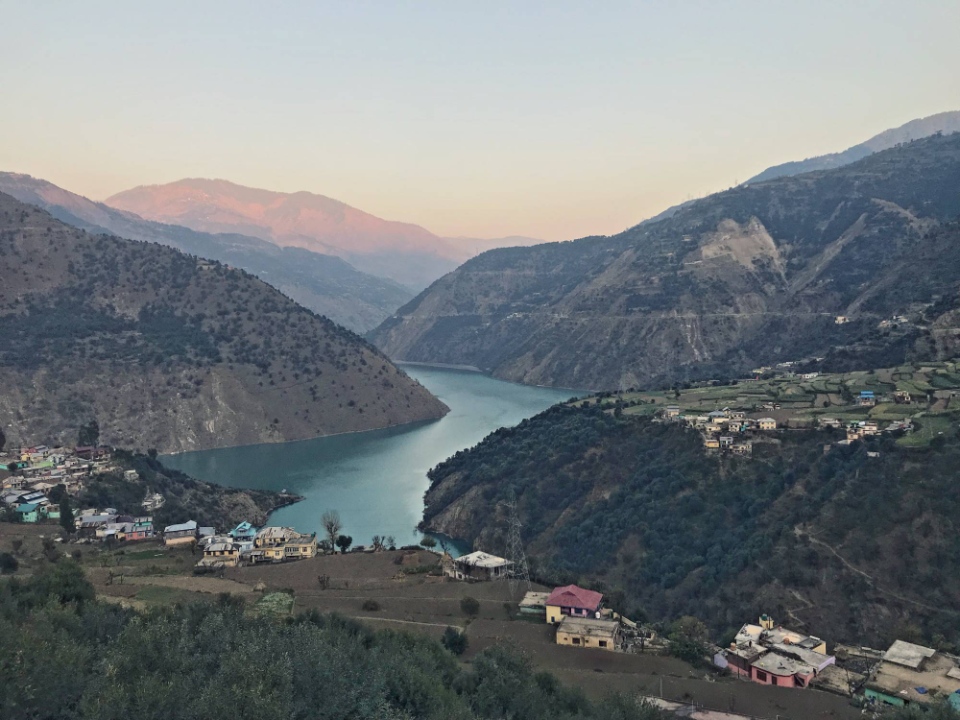
Also popularly known as the Stod River, this 79 km long river is the essence of the Stod valley, quite prominent in Zanskar. People happily flock to the river to enjoy various water activities such as rafting and swimming.
Dzongkul Monastery
